Coordination Control of a Novel Wind Farm Configuration Including a Hydrogen Storage System and a Gas Turbine
Abstract
:1. Introduction
2. Proposed Configuration and Modeling
2.1. Description of he Proposed Configuration
2.2. Modeling of the Wind Farm
2.3. Modeling of Electrolyzer
2.4. Modeling of the Gas Turbine and the Corresponding Generator
3. Proposed Coordination Control Method
3.1. Control Method for the Whole System
3.2. Coordination Logic Control and Energy Allocation
3.3. Filter Design
4. Case Study
4.1. Operation Mode With Constant Energy Requirement
4.2. Operation Mode With Changing Energy Requirement
5. Conclusions and Future Work
Acknowledgments
Author Contributions
Conflicts of Interest
References
- Taj, T.A.; Hasanien, H.M.; Alolah, A.I.; Muyeen, S.M. Dynamic performance enhancement of a grid-connected wind farm using doubly fed induction machine-based flywheel energy storage system. In Proceedings of the 6th International Renewable Energy Congress (IREC), Sousse, Tunisia, 24–26 March 2015.
- He, H.P.; Pan, W.X.; Li, B.; Ma, H.M. One power control strategy of wind farm based on the battery energy storage. In Proceedings of the International Conference on Sustainable Power Generation and Supply (SUPERGEN 2012), Hangzhou, China, 8–9 September 2012.
- Yu, Q.H.; Cai, M.L. The process of compressed air energy storage (CAES) analysis. In Proceedings of the 2013 International Conference on Materials for Renewable Energy and Environment (ICMREE), Chengdu, China, 19–23 August 2014.
- Martínez, M.; Molina, M.G.; Mercado, P.E. Dynamic performance of compressed air energy storage (CAES) plant for applications in power systems. In Proceedings of the 2010 IEEE/PES Transmission and Distribution Conference and Exposition: Latin America (T&D-LA), Sao Paulo, Brazil, 8–10 November 2010.
- Ding, H.J.; Hu, Z.C.; Song, Y.H.; Wu, J.C.; Fan, X.X. Coordinated operational strategy of energy storage system and wind farm. In Proceedings of the IEEE Power & Energy Society Innovative Smart Grid Technologies Conference (PES ISGT) Europe 2013, Lyngby, Denmark, 6–9 October 2013.
- Monjean, P.; Sprooten, J.; Robyns, B. Inuence of technical-economic energy context for the management of wind farms and storage systems in a constrained network. In Proceedings of the 2010 IEEE International Symposium on Industrial Electronics, Bari, Italy, 4–7 July 2010.
- Liang, L.; Li, J.L.; Hui, D. An optimal energy storage capacity calculation method for 100MW wind farm. In Proceedings of the 2010 International Conference on Power System Technology (POWERCON), Hangzhou, China, 24–28 October 2010.
- Chen, W.Z.; Li, Q.B.; Shi, L.; Luo, Y.; Zhan, D.D.; Shi, N.; Liu, K. Energy storage sizing for dispatchability of wind farm. In Proceedings of the 2012 11th International Conference on Environment and Electrical Engineering (EEEIC), Venice, Italy, 18–25 May 2012.
- Jiang, Z.; Feng, J.; Sun, Y.; Sun, B.H.; Wu, N.H. Wind farm energy storage capacity optimization based on PSO. In Proceedings of the 2013 Ninth International Conference on Natural Computation (ICNC), Shenyang, China, 23–25 July 2013.
- Dolan, D.L.; Lehn, P.W. Simulation Model of wind turbine 3p torque oscillations due to wind shear and tower shadow. In Proceedings of the 2006 IEEE Power & Energy (PES) Power Systems Conference and Exposition, Atlanta, GA, USA, 29 October–1 November 2006.
- Abulanwar, S.; Hu, W.H.; Chen, Z.; Iov, F. Adaptive voltage control strategy for variable speed wind turbine connected to a weak network. IET Renew. Power Gener. 2016, 6, 238–249. [Google Scholar] [CrossRef]
- Hu, W.C.; Chen, Z.; Wang, Y.; Wang, Z.A. Flicker mitigation by active power control of variable-speed wind turbines with full-scale back-to-back power converters. IEEE Trans. Energy Convers. 2009, 24, 640–649. [Google Scholar]
- Koiwa, K.; Takahashi, R.; Tamura, J.J. A study of hydrogen production in stand-alone wind farm. In Proceedings of the 2012 International Conference on Renewable Energy Research and Applications (ICRERA), Nagasaki, Japan, 11–14 November 2012.
- Zhang, C.Z. Modeling and Simulation for Solar-Hydrogen system. Master’s Thesis, Southwest Jiaotong University, Sichuan, China, December 2009. [Google Scholar]
- Beainy, A.; Karami, N.; Moubayed, N. Simulink model for a PEM electrolyzer based on an equivalent electrical circuit. In Proceedings of the 2014 International Conference on Renewable Energies for Developing Countries (REDEC), Beirut, Lebanon, 24–27 November 2014.
- Muyeen, S.M.; Takahashi, R.; Murata, T.; Tamura, J. Integration of hydrogen generator into wind farm interconnected HVDC system. In Proceedings of the 2009 IEEE Bucharest PowerTech, Bucharest, Romania, 28 June–2 July 2009.
- Melo, D.F.R.; Ren, L.; Chien, C. Synergistic control between hydrogen storage system and offshore wind farm for grid operation. IEEE Trans. Sustain. Energy 2013, 5, 18–27. [Google Scholar] [CrossRef]
- Hannett, L.N.; Khan, A.H. Combustion turbine dynamic model validation from tests. IEEE Trans. Power Syst. 1993, 8, 152–158. [Google Scholar] [CrossRef]
- Hannett, L.N.; Jee, G.; Fardanesh, B. A governor/turbine model for a twin-shaft combustion turbine. IEEE Trans. Power Syst. 1995, 10, 133–140. [Google Scholar] [CrossRef]
- Troy, V. Nguyen integration of compressed air energy storage with wind turbine to provide energy source for combustion turbine generator. In Proceedings of the 2014 5th IEEE PES Innovative Smart Grid Technologies Europe (ISGT Europe), Istanbul, Turkey, 12–15 October 2014.
- Flick, C. Rating, capabilities, and operation of combustion gas turbine driven generators. In Proceedings of the IEEE Power & Energy (PES) Winter Meeting, New York, NY, USA, 28 January–2 February 1973.
- Lydia, M.; Selvakumar, A.I.; Kumar, S.S.; Kumar, G.E.P. Advanced algorithms for wind turbine power curve modeling. IEEE Trans. Sustain. Energy 2013, 4, 827–835. [Google Scholar] [CrossRef]
- Yang, X.; Cui, Y.; Zhang, H.; Tang, N. Research on modeling of wind turbine based on LS-SVM. In Proceedings of the 2009 International Conference on Sustainable Power Generation and Supply, Nanjing, China, 6–7 April 2009.
- Li, M.Y.; Liu, X.J.; Mi, Z.J.; Qian, J. The contrastive study on the modeling of wind turbine power. In Proceedings of the 2010 International Conference on Computer Application and System Modeling (ICCASM 2010), Taiyuan, China, 22–24 October 2010.
- Abdol, A.H.; Tijani, A.S.; Shukri, F.H.; Hanapi, S.; Sainan, K.I. Mathematical modelling and simulation analysis of PEM electrolyzer system for hydrogen production. In Proceedings of the 2014 3rd IET International Conference on Clean Energy and Technology (CEAT), Kuching, Malaysia, 24–26 November 2014.
- Kolhe, M.; Atlam, O. Empirical electrical modeling for a proton exchange membrane electrolyzer. In Proceedings of the 2011 International Conference on Applied Superconductivity and Electromagnetic Devices (ASEMD), Sydney, Australia, 14–16 December 2011.
- Tlili, N.; Neily, B.; Salem, F.B. Modeling and simulation of hybrid system coupling a photovoltaic generator, a PEM fuel cell and an electrolyzer (Part II). In Proceedings of the 2014 11th International Multi-Conference on Systems, Signals & Devices (SSD), Barcelona, Spain, 11–14 February 2014.
- Hu, W.H.; Zhang, Y.Q.; Chen, Z.; Hu, Y.T. Flicker mitigation by speed control of permanent magnet synchronous generator variable-speed wind turbine. Energies 2013, 6, 3807–3821. [Google Scholar] [CrossRef]
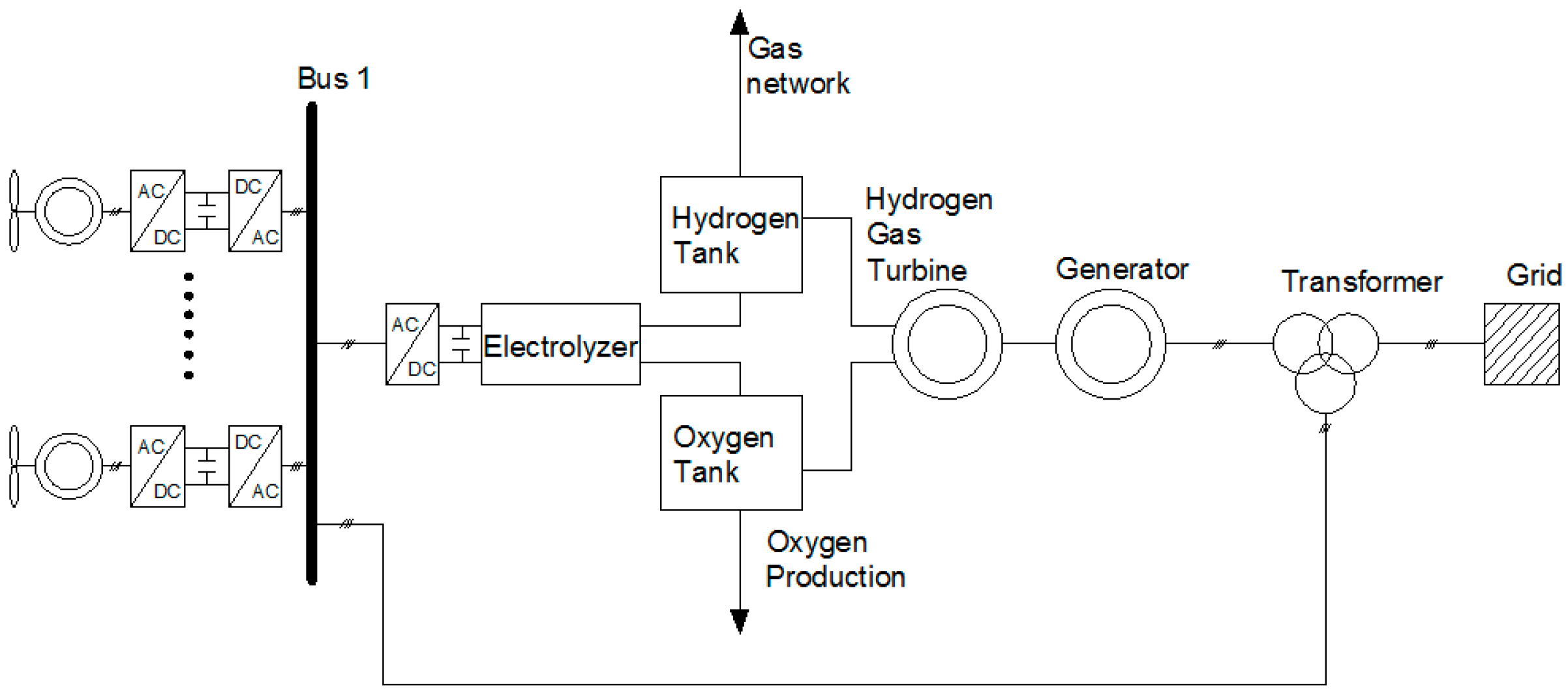
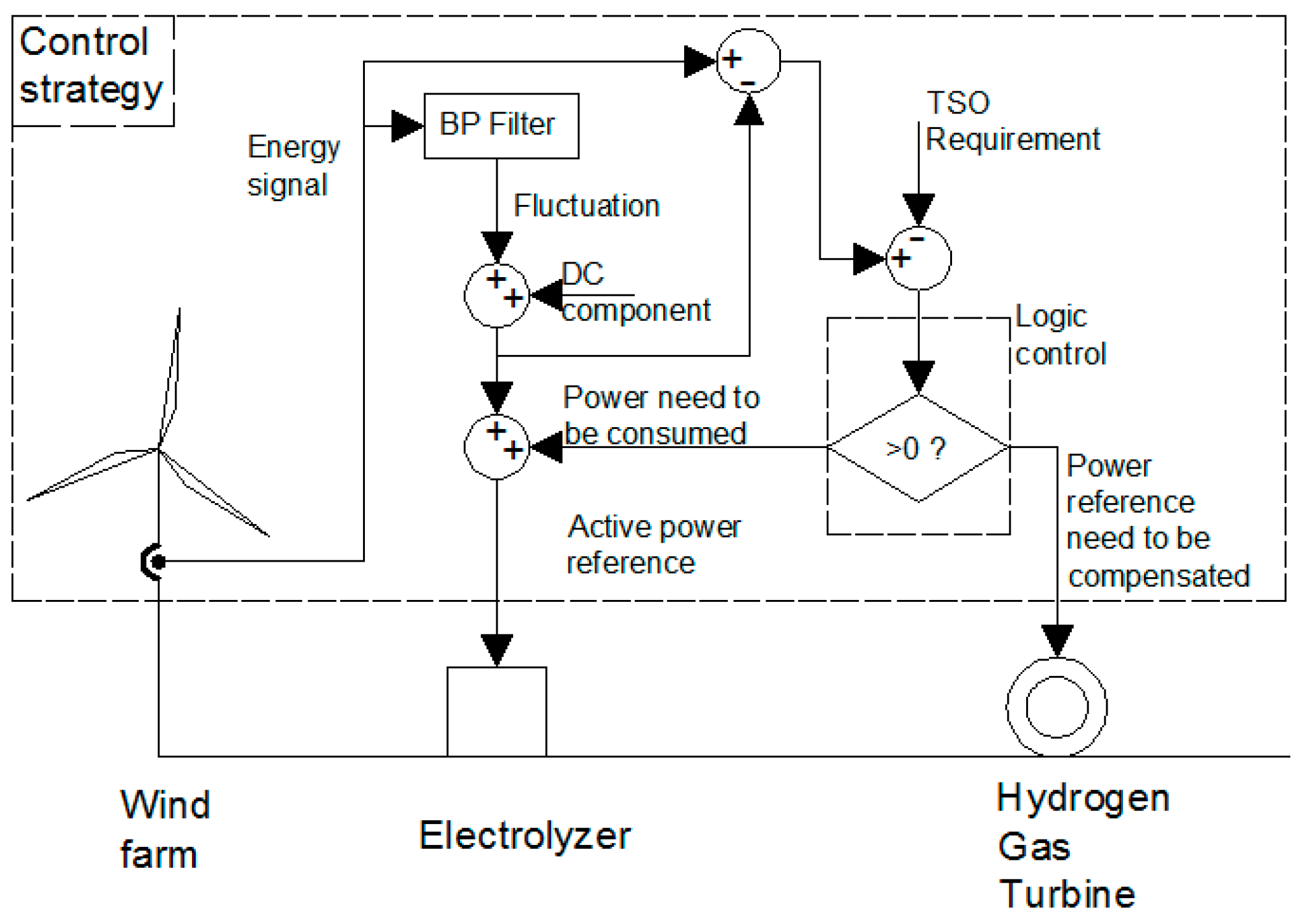
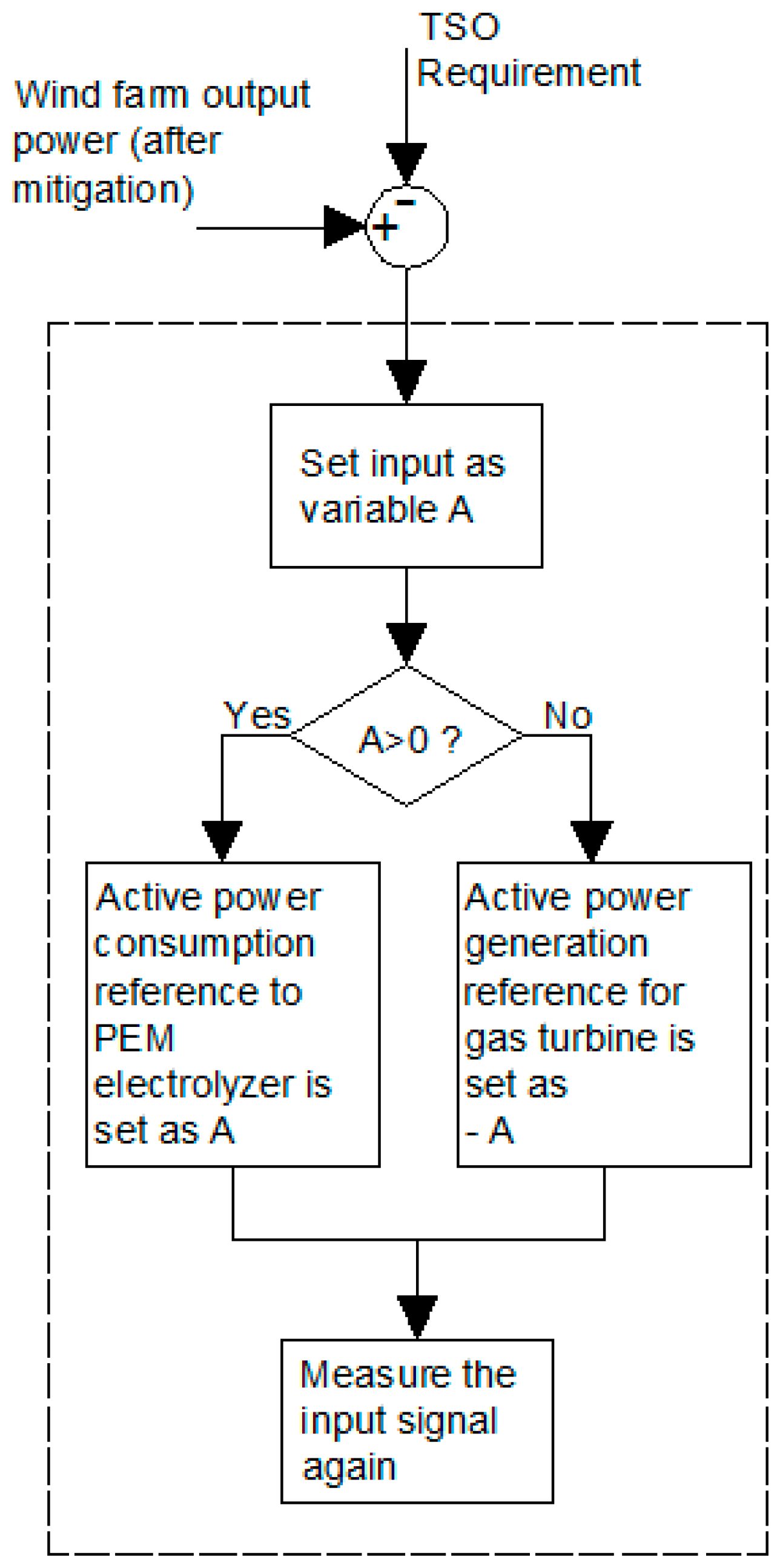

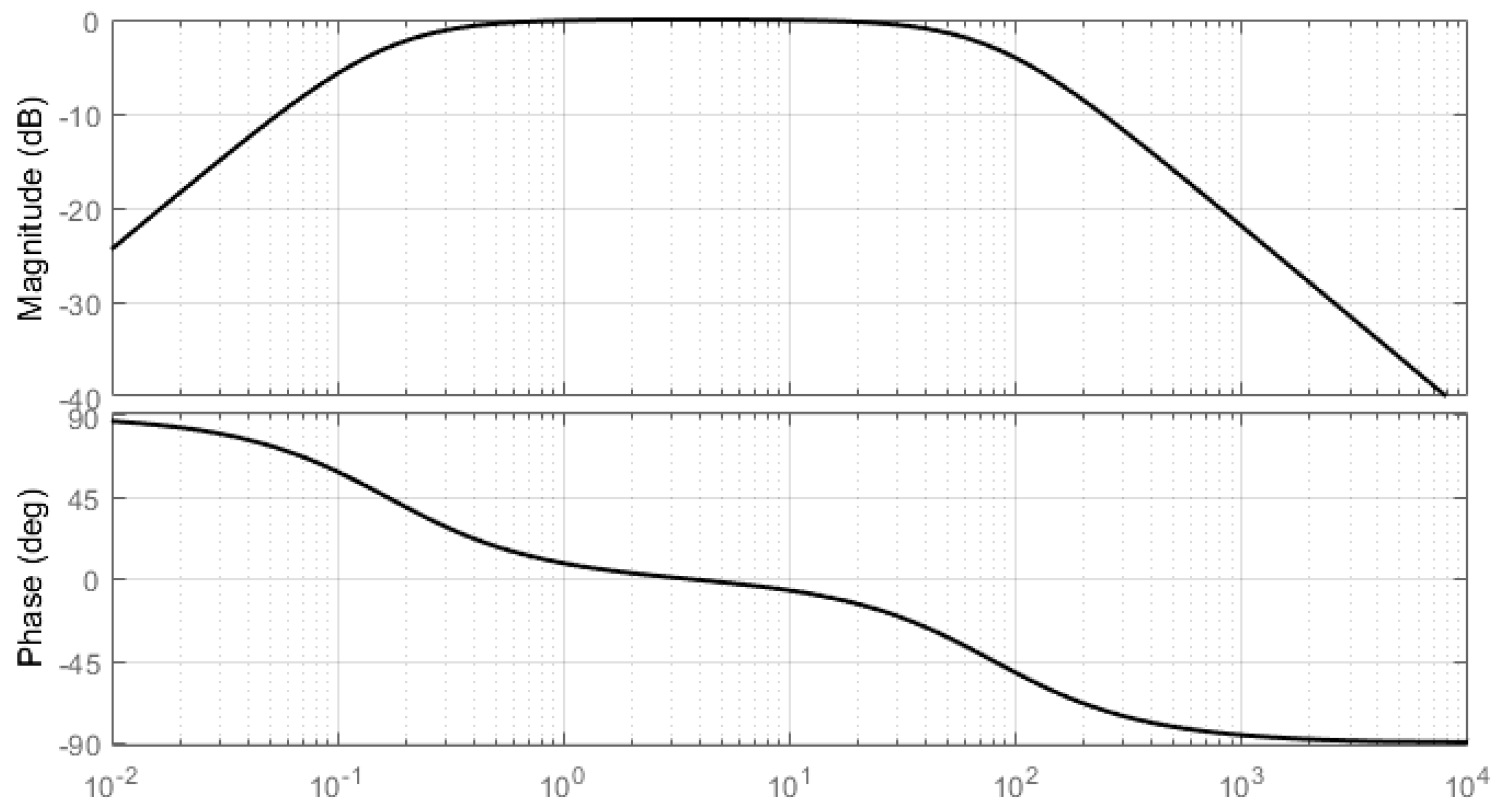
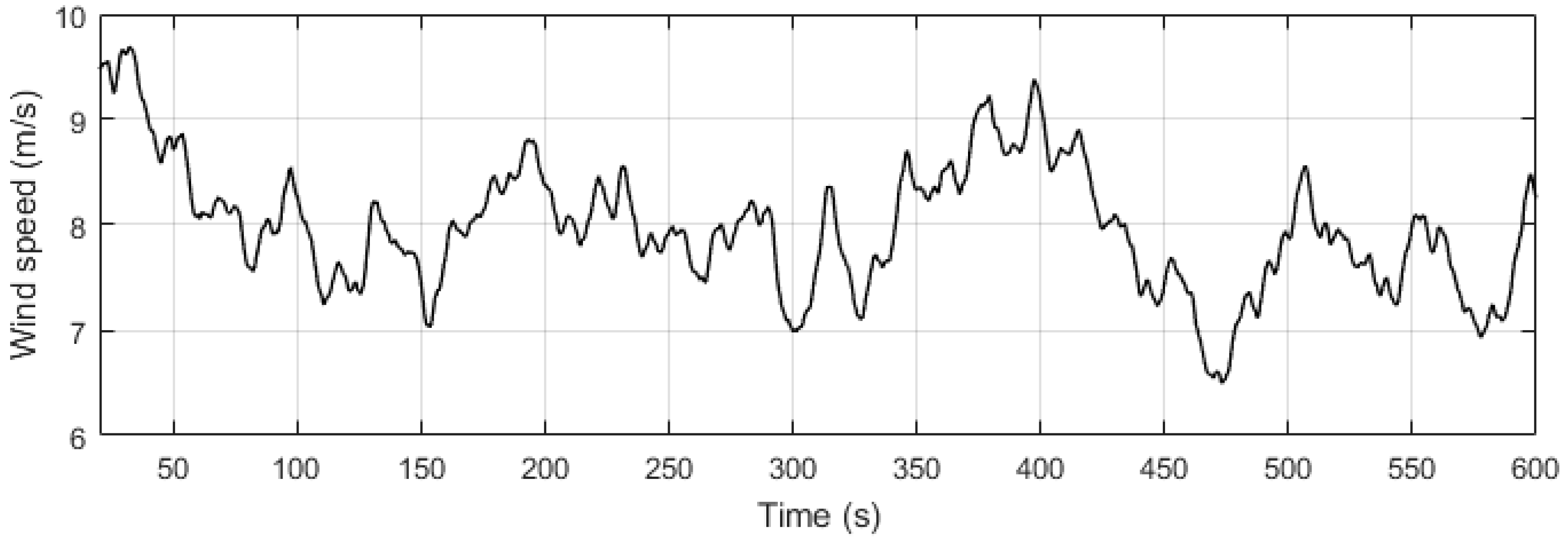

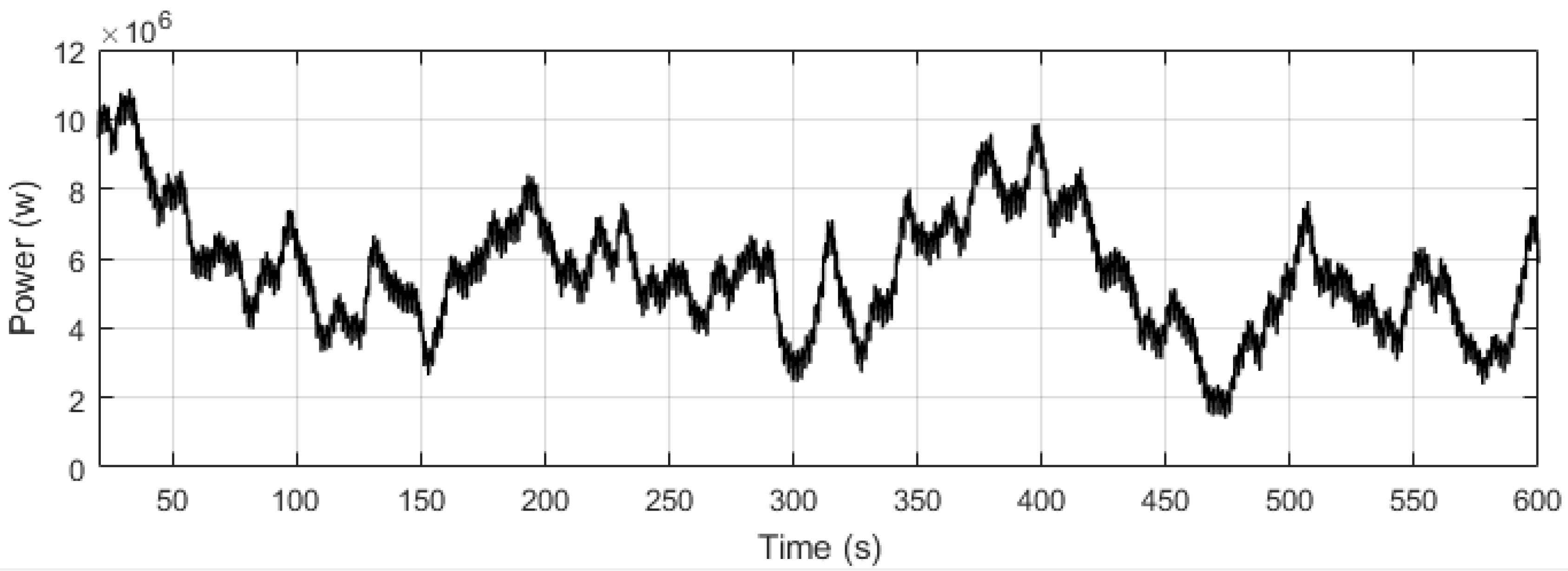
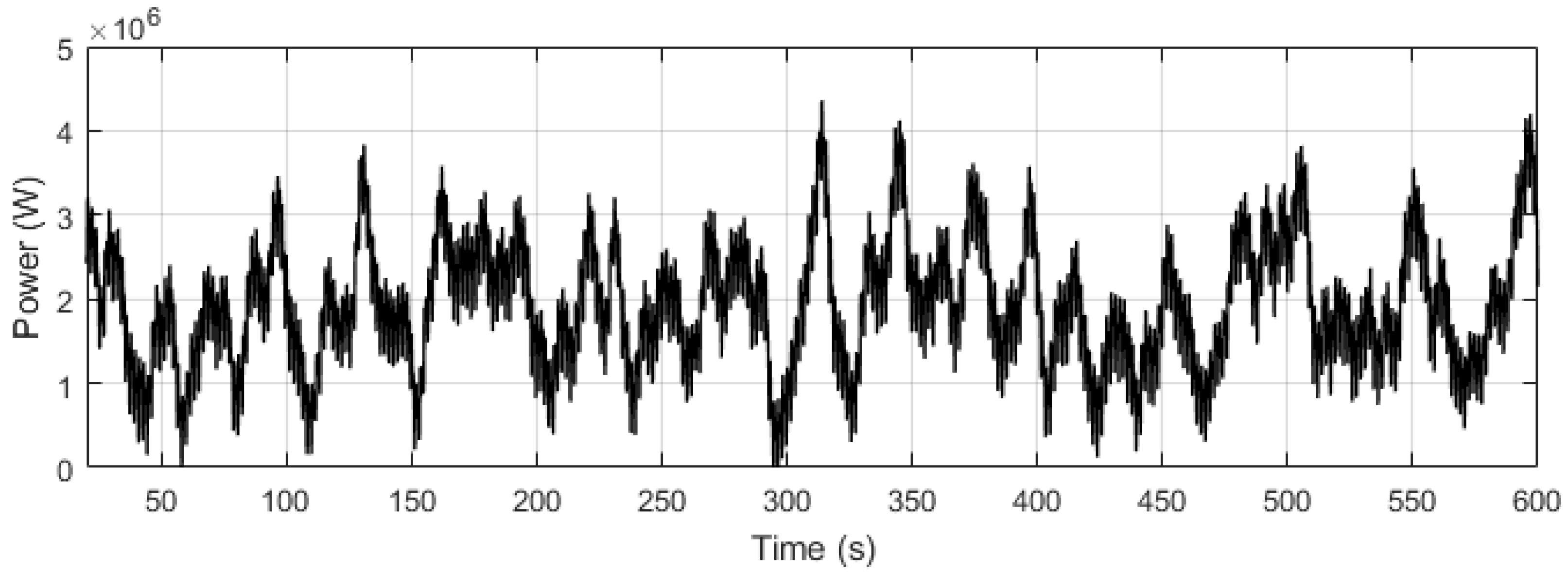
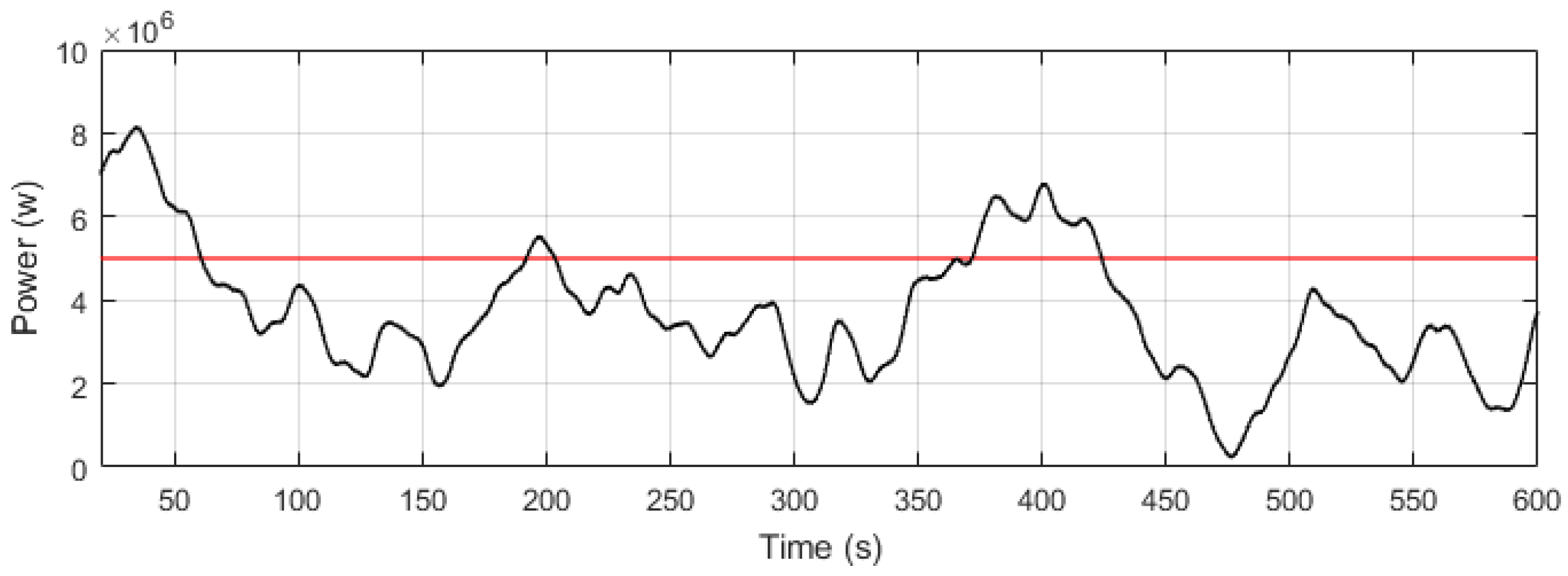


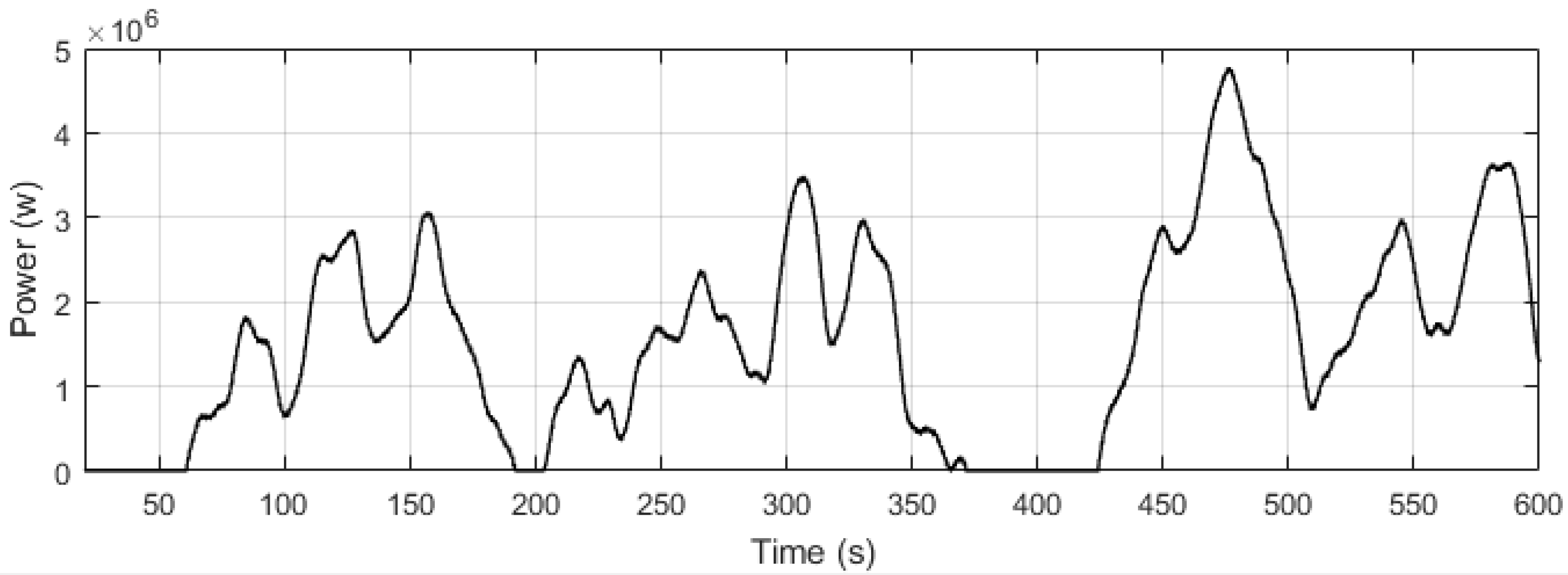
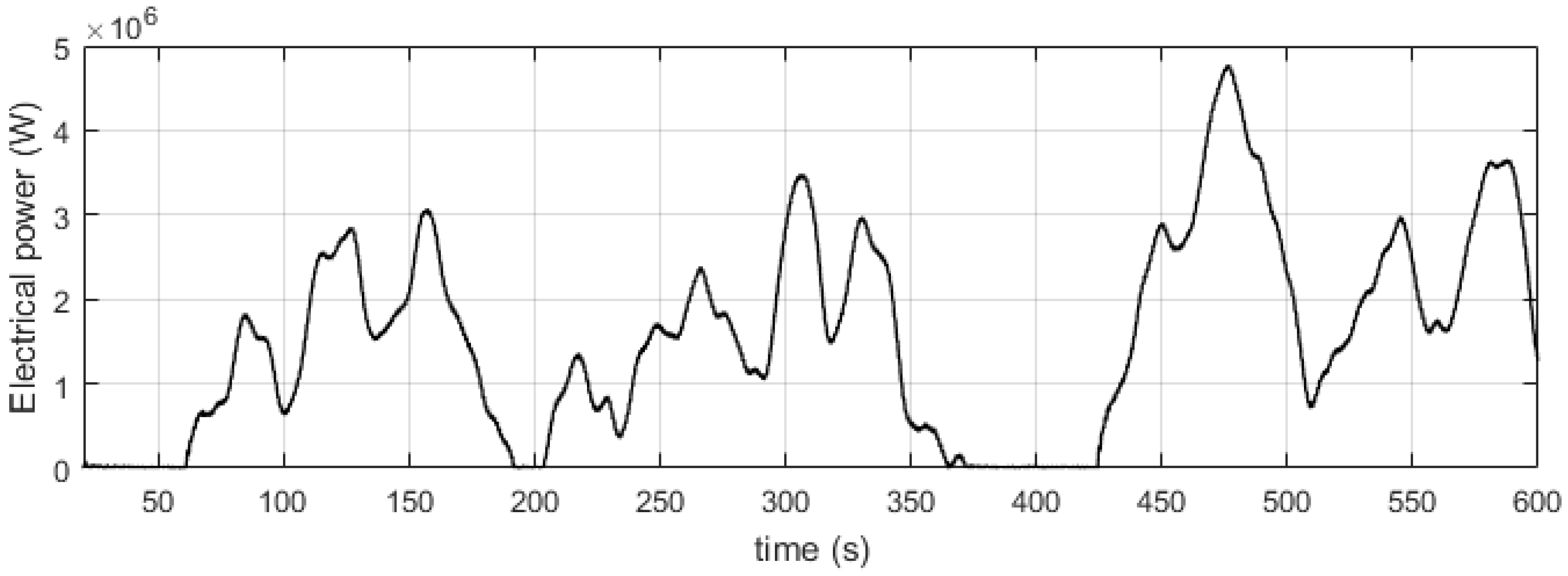
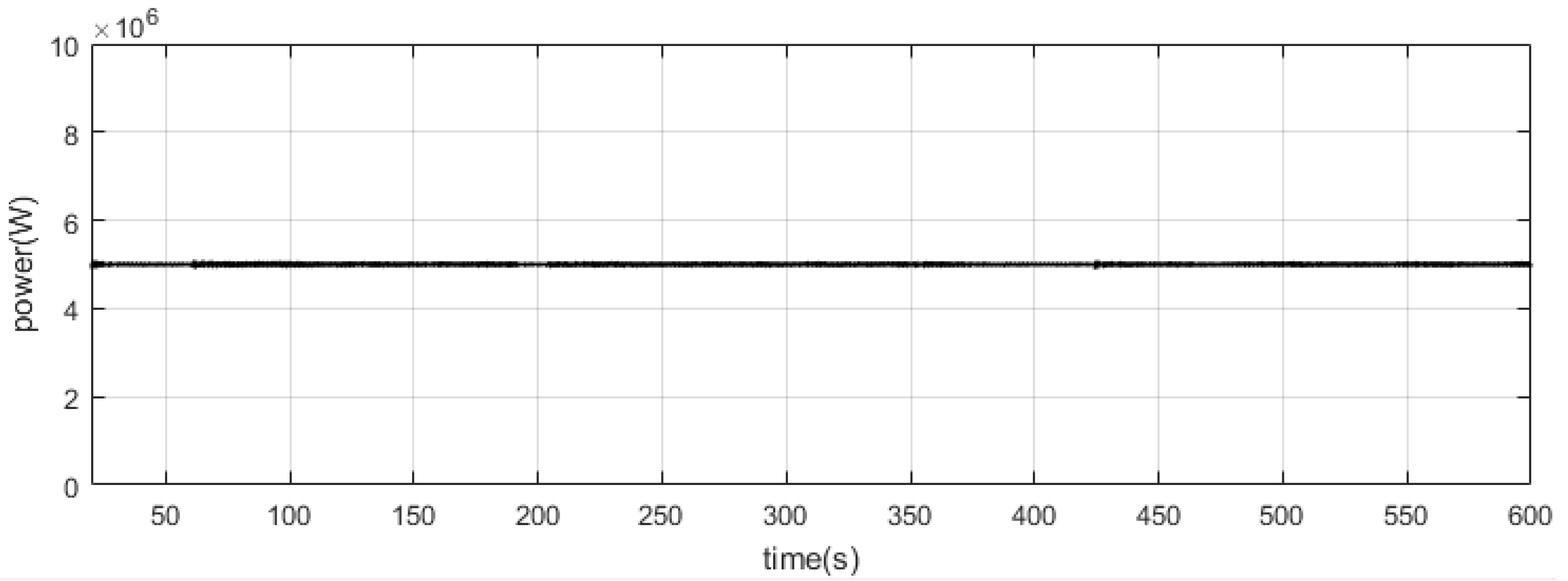
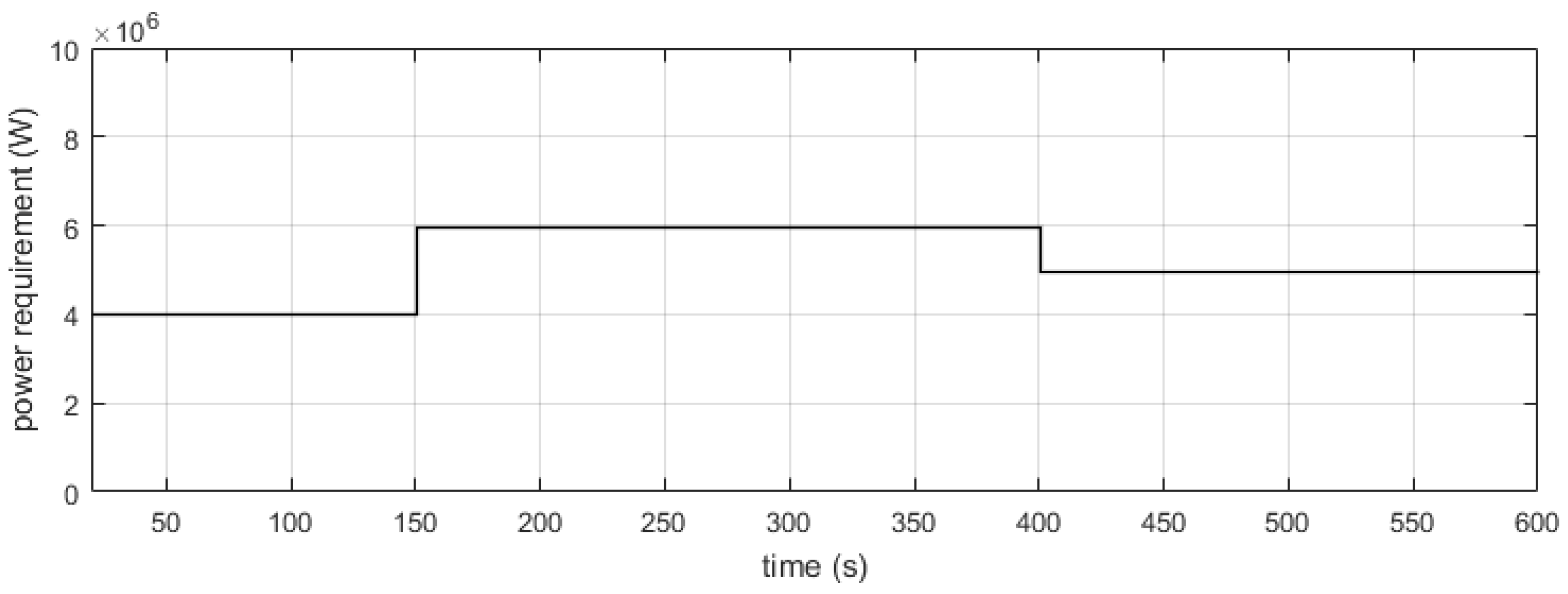
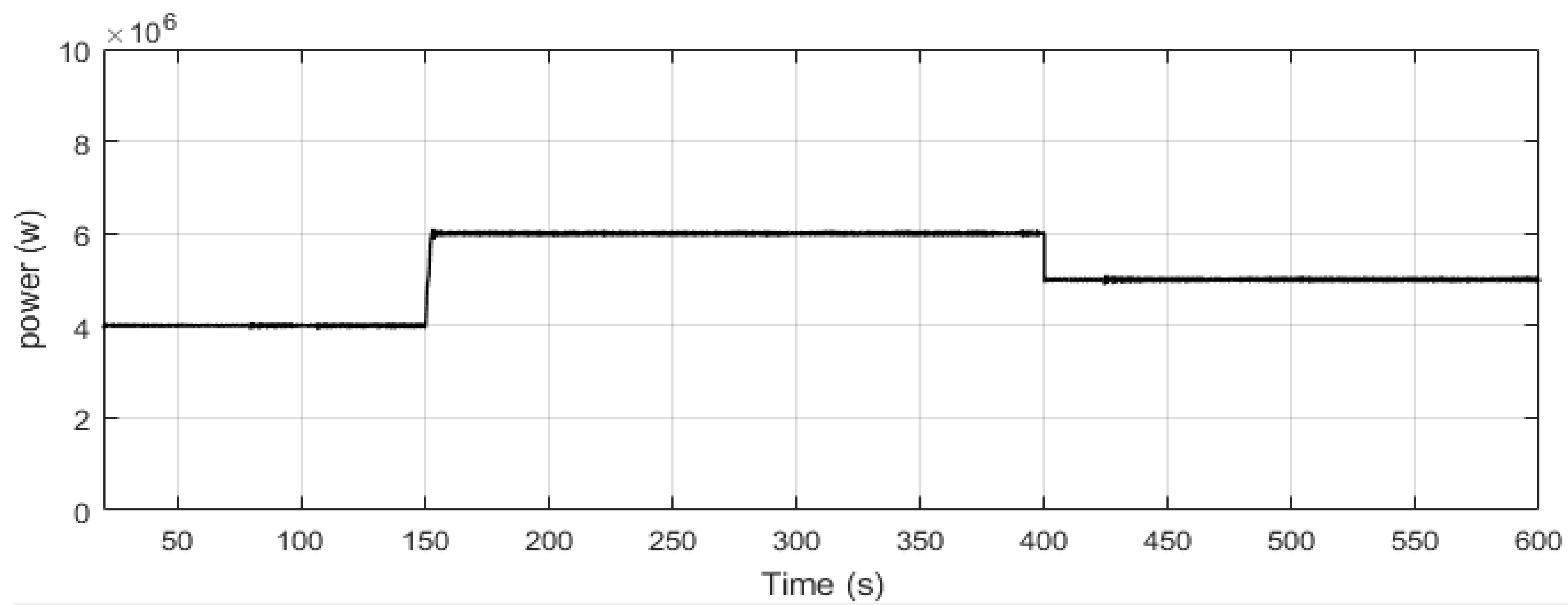
© 2016 by the authors; licensee MDPI, Basel, Switzerland. This article is an open access article distributed under the terms and conditions of the Creative Commons Attribution (CC-BY) license (http://creativecommons.org/licenses/by/4.0/).
Share and Cite
Xuan, S.; Hu, W.; Yao, J.; Chen, Z. Coordination Control of a Novel Wind Farm Configuration Including a Hydrogen Storage System and a Gas Turbine. Energies 2016, 9, 535. https://doi.org/10.3390/en9070535
Xuan S, Hu W, Yao J, Chen Z. Coordination Control of a Novel Wind Farm Configuration Including a Hydrogen Storage System and a Gas Turbine. Energies. 2016; 9(7):535. https://doi.org/10.3390/en9070535
Chicago/Turabian StyleXuan, Shihua, Weihao Hu, Jun Yao, and Zhe Chen. 2016. "Coordination Control of a Novel Wind Farm Configuration Including a Hydrogen Storage System and a Gas Turbine" Energies 9, no. 7: 535. https://doi.org/10.3390/en9070535




